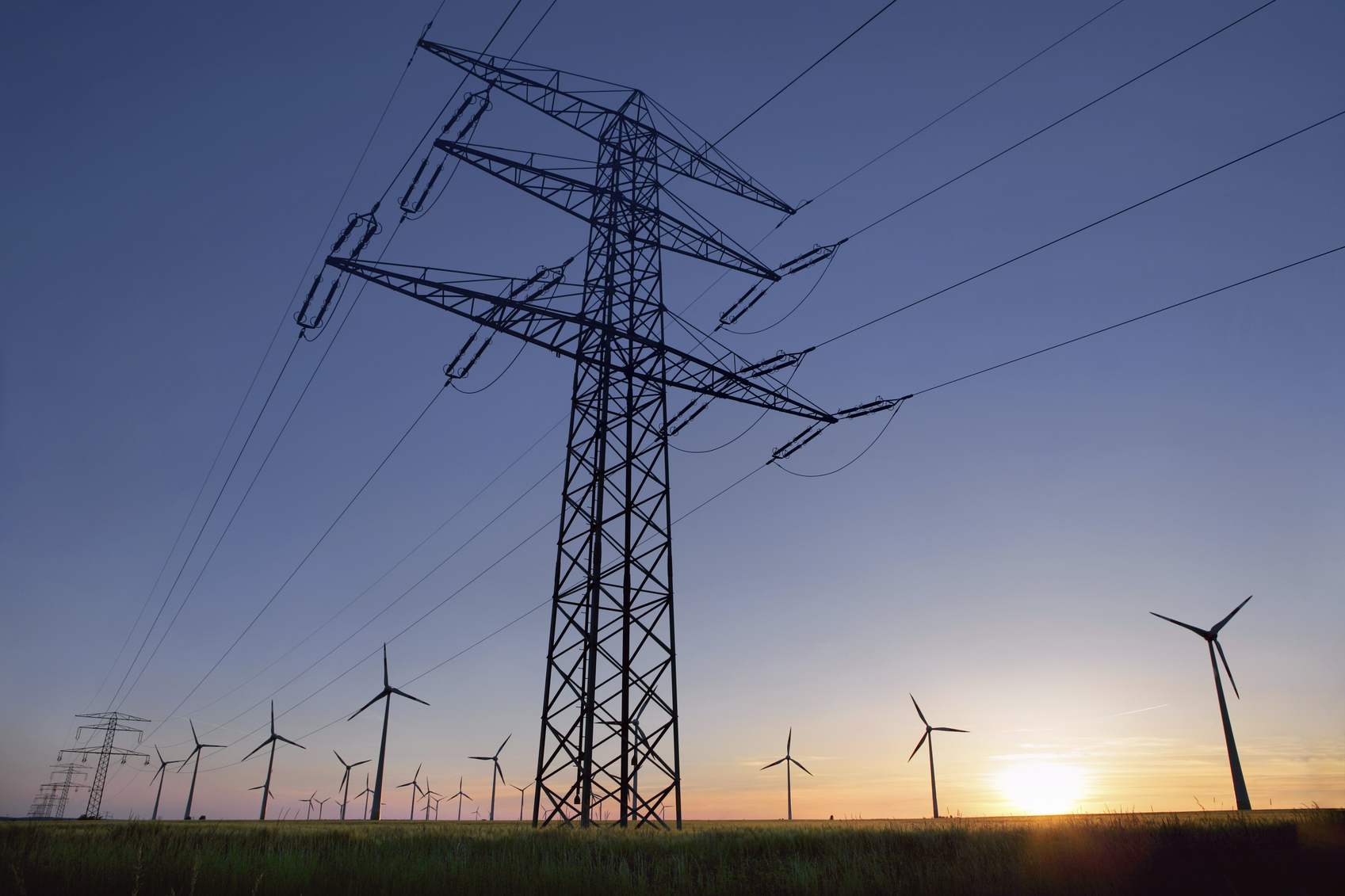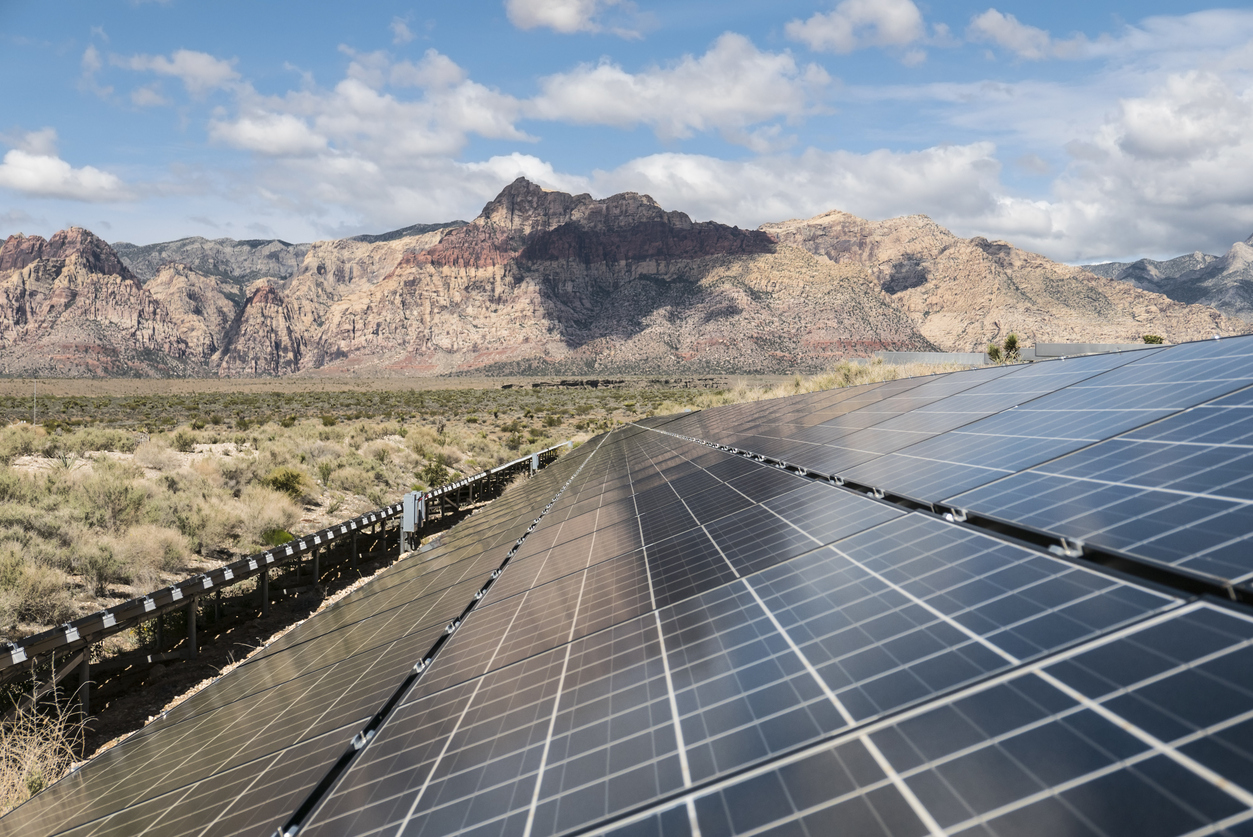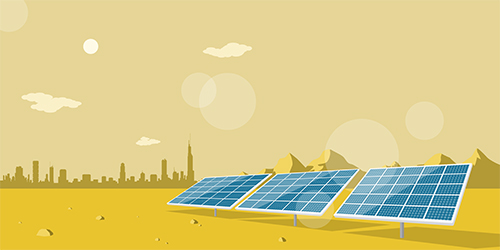By: Joshua D. Rhodes, University of Texas at Austin
 Science is messy, but it doesn’t have to be dirty.
Science is messy, but it doesn’t have to be dirty.
On June 19, a group of respected energy researchers released a paper in the journal Proceedings of the National Academy of Sciences (PNAS) that critiqued a widely cited study on how to power the U.S. using only renewable energy sources. This new paper, authored by former NOAA researcher Christopher Clack and a small army of academics, said that the initial 2015 study had “errors, inappropriate methods and implausible assumptions,” about using only the sun, wind and water to fuel the U.S.
What followed was a storm of debate as energy wonks of all stripes weighed in on the merits of the PNAS analysis. Mark Z. Jacobson, a Stanford University professor who was the lead author of the 2015 study, shot back with detailed rebuttals, in one calling his fellow researchers “fossil fuel and nuclear supporters.”
Why the big kerfuffle? As an energy researcher who studies the technologies and policies for modernizing our energy system, I will try to explain.
In general, getting to a clean energy system – even if it’s 80 percent renewable – is a well agreed-upon goal and one that can be achieved; it’s that last 20 percent – and how to get there – that forms the main point of contention here.


 A newly created material may have the capacity to double the efficiency of solar cells.
A newly created material may have the capacity to double the efficiency of solar cells. Access to adequate water and sanitation is a major obstacle that impacts nations across the globe. Currently
Access to adequate water and sanitation is a major obstacle that impacts nations across the globe. Currently  One of the keys to developing a successful electric vehicle relies on energy storage technology. For an EV to be successful in the marketplace, it must be able to travel longer distances (i.e. over 300 miles on a single charge).
One of the keys to developing a successful electric vehicle relies on energy storage technology. For an EV to be successful in the marketplace, it must be able to travel longer distances (i.e. over 300 miles on a single charge). For the last decade, the city of Las Vegas has been working toward generating 100 percent of its energy from renewable source. Now, city officials state that
For the last decade, the city of Las Vegas has been working toward generating 100 percent of its energy from renewable source. Now, city officials state that  Google is going green.
Google is going green. Global energy demands are predicted to reach 46 terawatts by 2100. That number is a far reach from the 18 terawatts of energy currently generated around the world. According to one expert in the field, a major shift in the way we produce and consume energy is necessary in order to meet future demands.
Global energy demands are predicted to reach 46 terawatts by 2100. That number is a far reach from the 18 terawatts of energy currently generated around the world. According to one expert in the field, a major shift in the way we produce and consume energy is necessary in order to meet future demands. New research shows another step forward in the goal of developing energy storage systems robust enough to store such intermittent sources as wind and solar on a large-scale.
New research shows another step forward in the goal of developing energy storage systems robust enough to store such intermittent sources as wind and solar on a large-scale.
